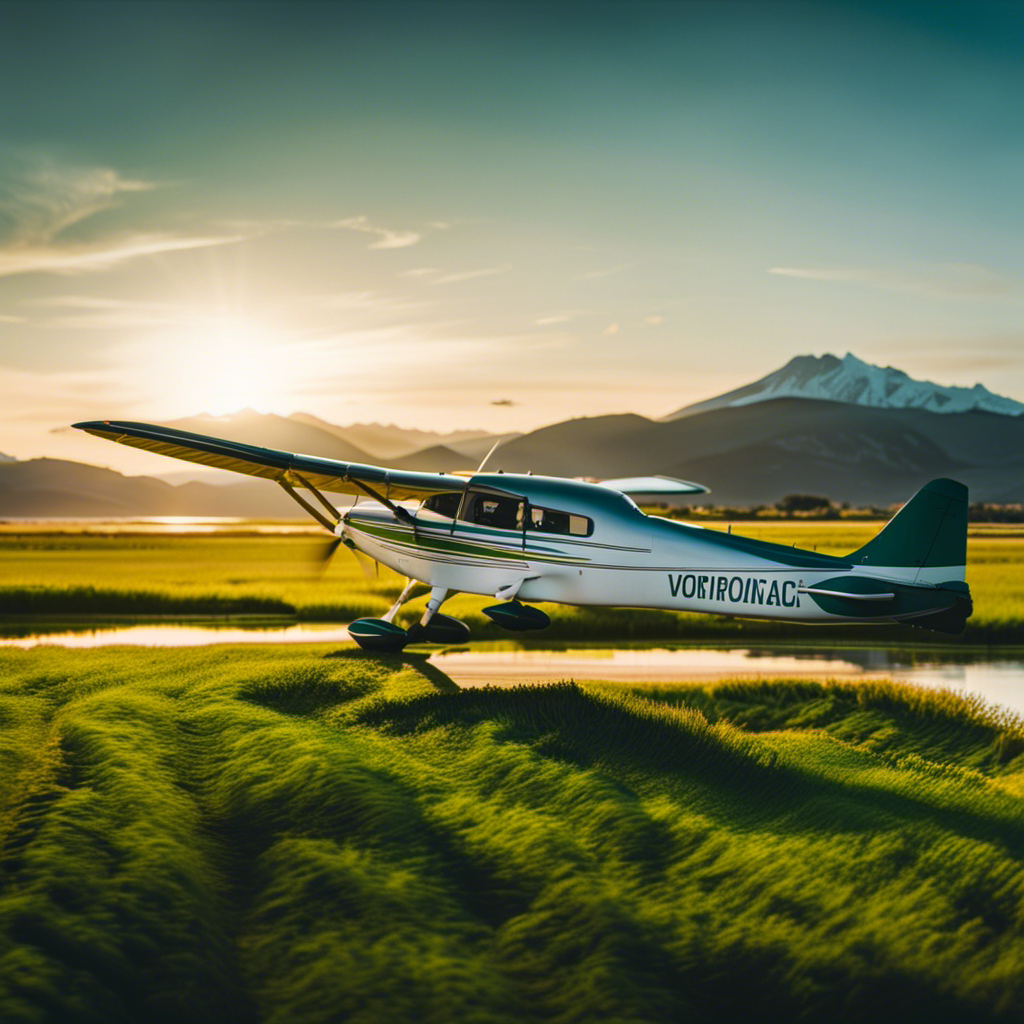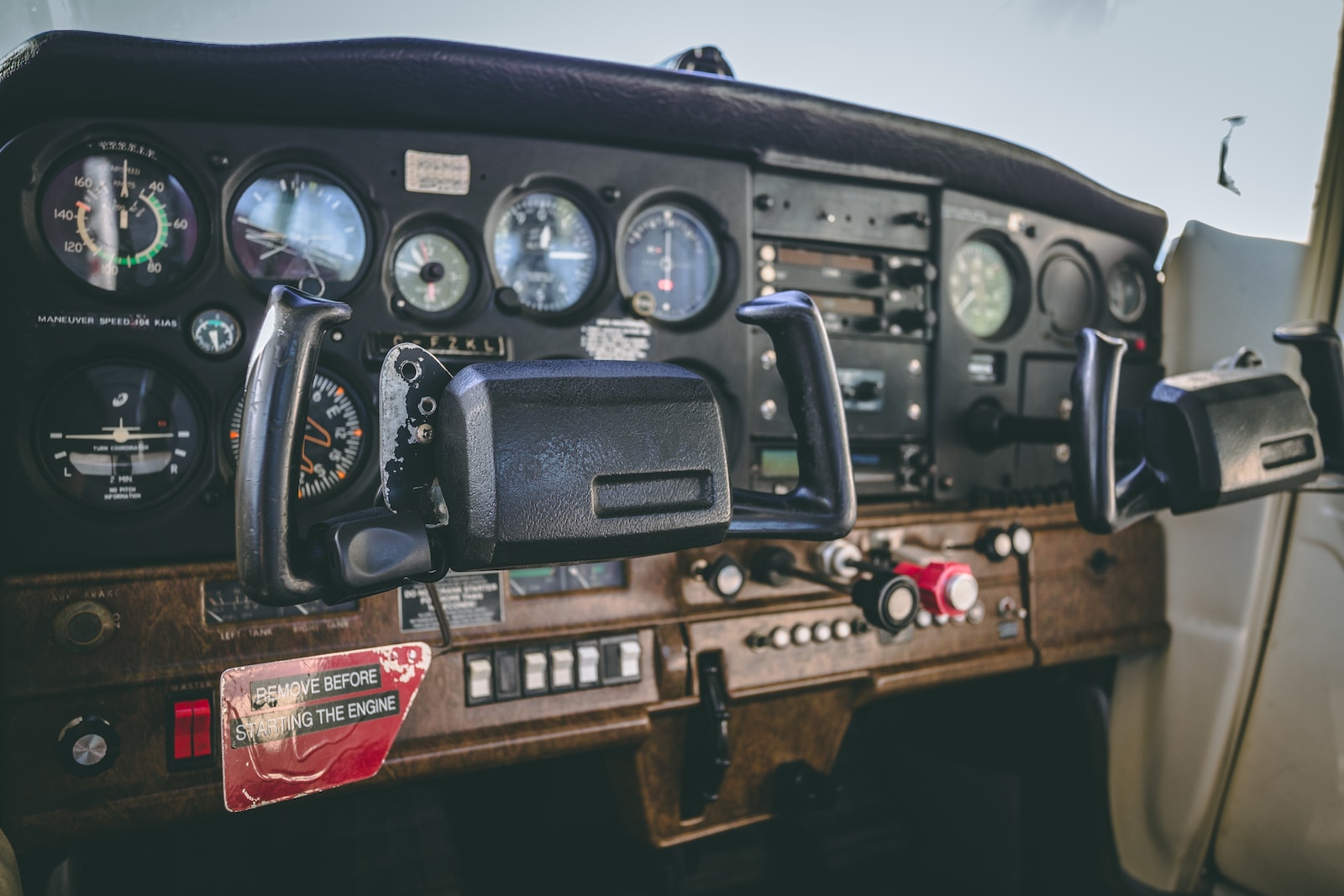Have you ever envisioned soaring through the sky, feeling the rush of wind around you? Hang gliding might just be the thrilling experience you’ve been longing for. But before you take flight, it’s important to understand the age limitations that come with this exhilarating activity.
In this article, we will delve into the physical demands, safety considerations, and legal requirements surrounding hang gliding. We will also explore the age restrictions for training and certification, as well as the importance of experience and skill level.
So, get ready to discover everything you need to know about the age limit for hang gliding.
Key Takeaways
- Liability insurance is a crucial requirement for hang gliding to safeguard against potential lawsuits and ensure adequate coverage for injuries and property damage.
- Age limits and exceptions exist for hang gliding, with minors able to fly with parental consent or a certified instructor, and some facilities having upper age limits for safety reasons.
- Proper training and experience, including ground school and supervised flights, are essential for safe hang gliding operation.
- Skill level assessments for different age groups help evaluate necessary skills and capabilities for safety, ensuring that participants have the strength, coordination, decision-making abilities, and reaction times required.
The Physical Demands of Hang Gliding
Hang gliding requires a high level of physical fitness and strength to handle the demands of the sport. When you take to the skies on a hang glider, you need to have a strong core and upper body strength to control the glider and maintain stability. The physical demands of hang gliding include the ability to run and take off with the glider, as well as the endurance to maintain control during flight. Strong arms and legs are essential for steering and maneuvering the glider, especially in turbulent air conditions. Additionally, hang gliding often involves landing on uneven terrain, so good balance and agility are crucial. Understanding the physical demands of hang gliding is important for determining if you have the necessary fitness level to safely participate in this exhilarating sport.
When it comes to hang gliding, safety considerations are of utmost importance.
Safety Considerations for Hang Gliding
When it comes to hang gliding, age restrictions play a crucial role in ensuring the safety of participants.
It is important to understand that hang gliding involves physical demands and potential risks that may be more challenging for older individuals.
Therefore, implementing age restrictions helps to mitigate these risks and maintain a safe environment for all participants.
Importance of Age Restrictions
Age restrictions are crucial when it comes to ensuring safety in hang gliding. This exhilarating sport requires physical strength, stamina, and quick reflexes. Younger participants often possess these attributes, making them better equipped to handle the demands of hang gliding.
Their bodies are more resilient and can handle the physical strain that comes with this activity. Additionally, younger individuals tend to have a higher risk tolerance and are more likely to follow safety guidelines.
However, it is important to note that age restrictions are not just in place to protect younger participants. They also serve to minimize potential risks for older participants. As we age, our bodies naturally experience a decline in strength, flexibility, and reaction time, which can increase the chances of accidents and injuries.
Potential Risks for Older Participants
Older participants may face heightened risks due to natural declines in strength, flexibility, and reaction time. As we age, our bodies undergo changes that can impact our physical abilities.
It’s important to understand that hang gliding requires a certain level of strength, flexibility, and quick reflexes. These factors play a crucial role in ensuring a safe and enjoyable experience.
With age, our muscles tend to weaken, our joints become stiffer, and our reaction time slows down. These changes can make it more challenging to handle the physical demands of hang gliding.
It’s crucial for older participants to take these factors into consideration and consult with professionals to assess their readiness for this exhilarating activity.
Understanding the potential risks associated with age can help ensure that older individuals make informed decisions and take necessary precautions before embarking on a hang gliding adventure. This knowledge also sets the foundation for exploring the legal requirements and regulations surrounding hang gliding.
Legal Requirements and Regulations
Hang gliding has specific legal requirements and regulations that must be followed. To ensure a safe and enjoyable experience, it is important to be aware of these rules. Here are five key regulations you need to know:
- Registration: Before flying a hang glider, you must register your aircraft with the appropriate aviation authority.
- Equipment Inspection: Regular inspections of your hang glider are mandatory to ensure its airworthiness.
- Pilot Certification: To fly a hang glider, you must hold a valid pilot certification, which requires completing a recognized training program.
- Restricted Airspace: Certain areas, such as airports and military zones, are off-limits for hang gliding due to safety concerns.
- Weather Conditions: It is crucial to be aware of weather conditions before flying, as strong winds, storms, or other adverse weather can pose significant risks.
Understanding these regulations will help you navigate the legal requirements of hang gliding.
Now, let’s delve into the age restrictions for training and certification.
Age Restrictions for Training and Certification
Before embarking on your hang gliding journey, it’s important to be aware of the specific requirements for training and certification.
When it comes to age restrictions, the minimum age for hang gliding can vary depending on the country or organization. In most cases, individuals must be at least 16 years old to undergo training and obtain certification. However, some places may have a higher minimum age requirement, such as 18 years old.
These age restrictions are in place to ensure that participants have the necessary maturity, physical strength, and decision-making abilities to safely engage in this exhilarating sport. It’s crucial to check the age requirements set by the hang gliding school or organization you plan to train with.
Once you meet the age criteria, you can move on to the next important aspect: physical fitness and health requirements.
Physical Fitness and Health Requirements
Now that you understand the age restrictions for training and certification in hang gliding, let’s delve into the physical fitness and health requirements you need to meet in order to take part in this exhilarating sport.
Hang gliding requires a certain level of physical fitness to ensure your safety and enjoyment. You must possess good upper body strength and endurance, as well as a reasonable level of cardiovascular fitness. This is because hang gliding involves controlling the glider’s movements by shifting your body weight and maneuvering the control bar.
Additionally, you should have no existing medical conditions that could be aggravated by the physical demands of hang gliding. It is important to consult with a medical professional to assess your fitness level and discuss any concerns before embarking on this adventure.
Understanding these physical requirements will help ensure a safe and enjoyable hang gliding experience.
Now, let’s explore the insurance and liability considerations involved in this thrilling activity.
Insurance and Liability Considerations
It’s important to consider insurance and liability when participating in this thrilling activity. Hang gliding can be an exhilarating experience, but it also carries certain risks.
Before taking to the skies, it’s crucial to ensure that you have appropriate insurance coverage to protect yourself and others in the event of an accident. Liability insurance is especially important, as it can safeguard you from potential lawsuits if someone is injured or their property is damaged during your flight.
Many hang gliding clubs and organizations require participants to have liability insurance before they can fly. It’s advisable to thoroughly read and understand the terms of your insurance policy to ensure you have adequate coverage.
Now, let’s explore the age limit exceptions and special cases that may apply to hang gliding enthusiasts.
Age Limit Exceptions and Special Cases
To fully enjoy this thrilling activity, make sure you’re aware of any exceptions or special cases that may apply to your age. Hang gliding can be an exhilarating experience, but it’s important to understand the age limits that are in place for safety reasons.
Here are some exceptions and special cases you should know about:
-
Minors: While the minimum age for hang gliding is typically 18, there are some exceptions for minors who are at least 16 years old. However, they may require parental consent or need to be accompanied by a certified instructor.
-
Elderly individuals: Some hang gliding centers may have upper age limits due to physical limitations and safety concerns. It’s best to check with the specific facility to see if there are any age restrictions in place for older individuals.
Understanding these exceptions and special cases will help ensure a safe and enjoyable hang gliding experience.
Now, let’s delve into the importance of experience and skill level when participating in this activity.
Importance of Experience and Skill Level
When it comes to hang gliding, the importance of training and experience cannot be overstated. In order to ensure the safety of both yourself and others, it is crucial to have the necessary skills and knowledge before taking to the skies.
Different age groups may require different skill level assessments, as younger individuals may have different physical and cognitive abilities compared to older ones.
Training and Experience Requirements
If you want to become a hang glider pilot, you’ll need to meet specific training and experience requirements. Here’s what you’ll need to do:
- Find a certified hang gliding instructor who can provide you with proper training and guidance.
- Take part in ground school, where you’ll learn about the principles of flight, weather conditions, safety procedures, and equipment maintenance.
- Complete a certain number of supervised flights to gain practical experience and develop your skills.
Meeting these requirements is essential to ensure that you have the necessary knowledge and skills to safely operate a hang glider. It’s important to remember that hang gliding can be a thrilling and exhilarating sport, but it also carries certain risks. By undergoing proper training and gaining the necessary experience, you’ll be better equipped to handle the challenges that may arise.
Now, let’s move on to understanding the skill level assessments for different age groups.
Skill Level Assessments for Different Age Groups
Now that you understand the training and experience requirements for hang gliding, let’s delve into skill level assessments for different age groups.
Hang gliding associations and instructors recognize that individuals of different ages have varying physical and cognitive capabilities. Therefore, they have developed a system to assess the skill level of potential hang gliders based on their age.
These assessments take into account factors such as strength, coordination, decision-making abilities, and reaction times. Younger individuals may be evaluated on their ability to follow instructions, demonstrate balance, and maintain focus.
Older individuals may undergo more comprehensive assessments, including tests of endurance and problem-solving skills. It is important to note that these assessments are not meant to discourage anyone from participating in hang gliding, but rather to ensure that individuals have the necessary skills and capabilities to engage in this activity safely.
Understanding these assessments can help you determine if you are ready to take on the exhilarating challenge of hang gliding at a young age.
Benefits of Starting at a Young Age
Starting hang gliding at a young age allows you to develop essential skills and build a strong foundation for your future in the sport.
The benefits of starting young are numerous. Firstly, your body is more adaptable and flexible, making it easier to learn and master the techniques required for successful hang gliding.
Additionally, your mind is more receptive to absorbing knowledge, allowing you to understand and apply the principles of aerodynamics and control more effectively.
By starting early, you have the advantage of time to refine your skills and gain experience, which will ultimately improve your performance as you progress in the sport.
As you grow older, you will continue to build upon this strong foundation, pushing yourself to new heights and achieving greater levels of mastery.
Moving forward, let’s explore the future of hang gliding and the potential changes in age restrictions.
The Future of Hang Gliding and Age Restrictions
As you progress in the sport, you’ll be curious about the potential changes in restrictions regarding the age for hang gliding.
Currently, the age limit for hang gliding varies from country to country and even from state to state. However, there is a growing movement within the hang gliding community to lower the age limit and allow younger enthusiasts to participate.
This is due to advancements in technology and safety measures that have made hang gliding a much safer activity than it was in the past. Additionally, research has shown that starting hang gliding at a younger age can lead to better skill development and a deeper understanding of the sport.
While there is still debate surrounding the topic, it is likely that we will see changes in age restrictions in the near future.
Conclusion
In conclusion, hang gliding is an exhilarating sport that requires physical fitness, skill, and adherence to safety regulations. Understanding the age limit for hang gliding is crucial, as it ensures the safety of both the pilot and others.
Remember the old adage, ‘age is just a number.’ While age restrictions exist, exceptions can be made for individuals who demonstrate exceptional physical fitness and skill. Starting at a young age can provide numerous benefits, allowing pilots to gain experience and develop their skills over time.
As the sport evolves, age restrictions may change, but for now, it is important to respect and adhere to the current regulations. So, whether you’re young or young at heart, enjoy the thrill of hang gliding while keeping safety in mind.









